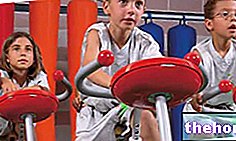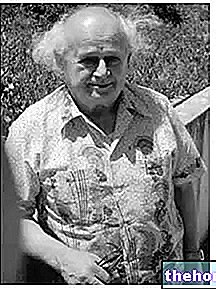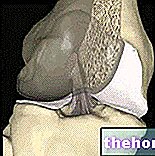Muscle Strengthening in Ankle Sprain
What exercises allow for muscle strengthening after an ankle sprain
In motor reactivation, after any trauma, distortive or not, muscle strengthening plays a fundamental role, as a good trophism of the muscles reduces the risk of recurrent injuries and allows the patient to resume at full capacity the activities he carried out before the " accident.
In the re-education of the ankle after a sprain, the therapist must pay particular attention to the movements that the patient will make, so as not to proceed immediately with exercises that can damage the compartment that has suffered the trauma.For this reason, the first exercises for the recovery of muscle trophism must take place on the frontal plane, precisely in order not to put tension on the ligament compartments, especially if they are not completely healed. Later, when the structures that have undergone the trauma have recovered, the therapist can start the exercises in the sagittal plane, always having as a guideline the patient's pain threshold, in order not to overload the joint prematurely. better to start with very light exercises, divided into several series with few repetitions.
The most widely used tool for muscle strengthening is the elastic, as it allows you to dose the load and is very versatile for the exercises mentioned above. To work better on the ankle joint, the therapist will seat the patient and let him pass the "elastic around the foot, taking care, as previously mentioned, to observe the reaction in order to establish the pain threshold.
In line with what has just been said, therefore, the therapist will first use elastic bands that offer less resistance, and then gradually move on to bands that offer greater resistance, and with reduced range of motion, trying again in this case to find the maximum range or at least the one preceding the traumatic episode.




The same exercises can be performed with the aid of a sponge ball. Always with the patient seated, if the therapist places the sponge ball in contact with a wall, he can perform plantar and dorsal flexion movements by placing the sole of the foot on the With the same method, he will give the execution of intra and extra rotation movements, this time placing the inside or outside of the foot in contact with the ball.


When the patient is able to walk without lameness and pain in the affected area, the therapist will proceed with full weight exercises. These exercises can be divided into two categories: the first is for strengthening the muscles of the leg, more precisely for those of the posterior loggia; the second, on the other hand, is aimed at strengthening the thigh muscles. The strengthening of the thigh muscles is essential because, even if not directly involved in the joint that suffered the trauma, during the convalescence period they underwent an incorrect use due to the lameness. For this reason it is good to go and restore all the muscles of the affected limb to a good level of muscle trophism.
One of the exercises aimed at strengthening the leg is the one that uses a lift, a support, on which the patient will climb. The affected leg must be fully extended and must rest on the riser, while the other must be relaxed and must not rest on the riser. leg.
Another exercise with the same purpose involves the use of a machine, the sitting calf. This machine will require the patient to sit up and place his feet on a rise, in such a way as to have his legs bent at about 90 °. A at this point, the therapist will place an adjustable resistance above the knee, a resistance that the patient will have to raise, performing the plantar and dorsal flexion of the foot.
A machine, the leg press, is mainly used to strengthen the thigh muscles. This machine is equipped with a sliding seat and a fixed foot rest. The therapist will make the patient sit on the seat and place his feet on the fixed platform with legs bent. The exercise consists of extending the legs against the adjustable resistance provided by the machine. This exercise includes some variations, such as the use of a single leg with which the push is carried out or the aid of a proprioceptive cushion to be placed between the sole of the foot and the fixed platform, in such a way as to stimulate proprioception together with strength.

Article written in collaboration with dr. Gianfranco Piemontese, graduate in physical education, personal trainer email: [email protected]




























